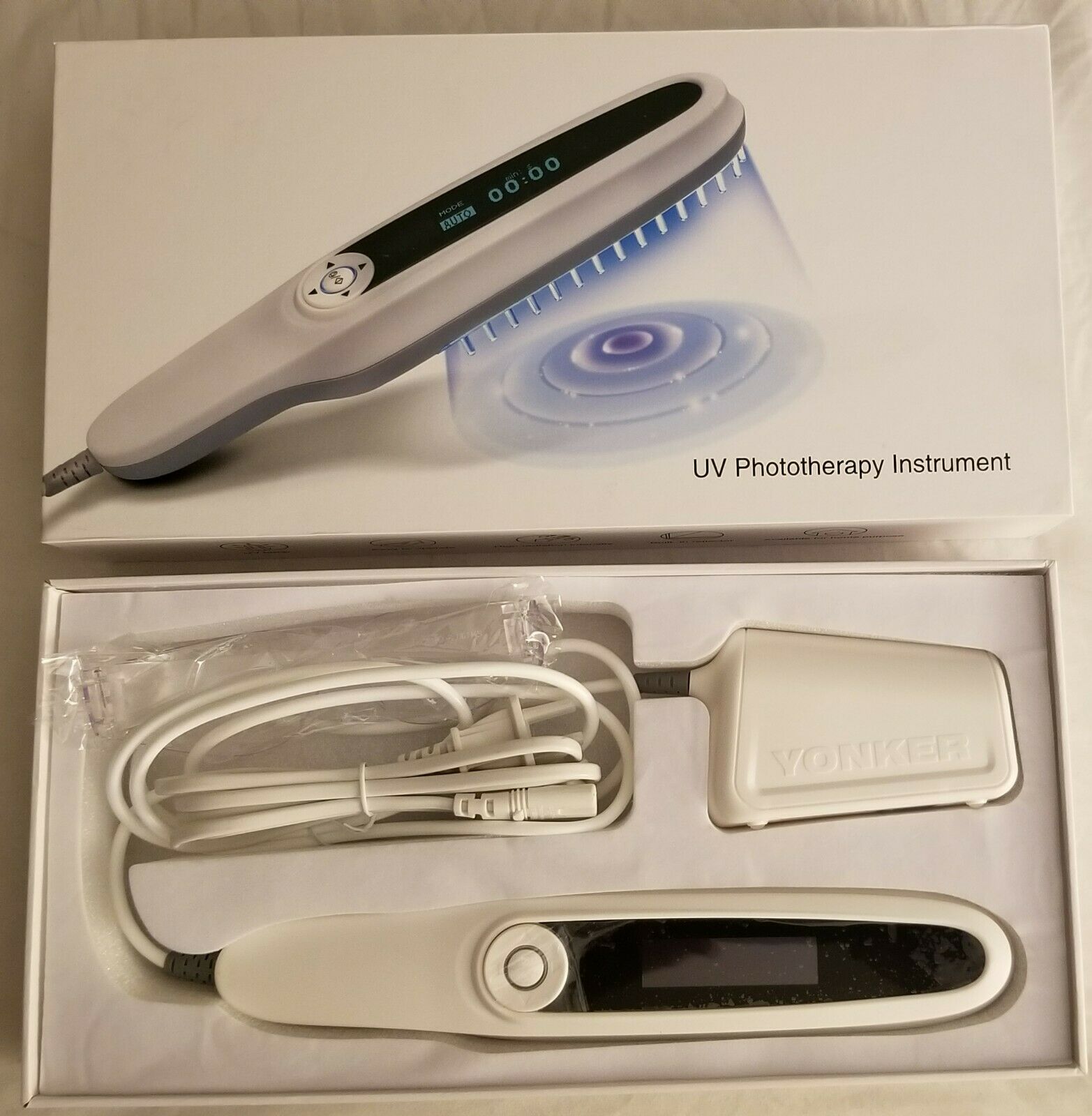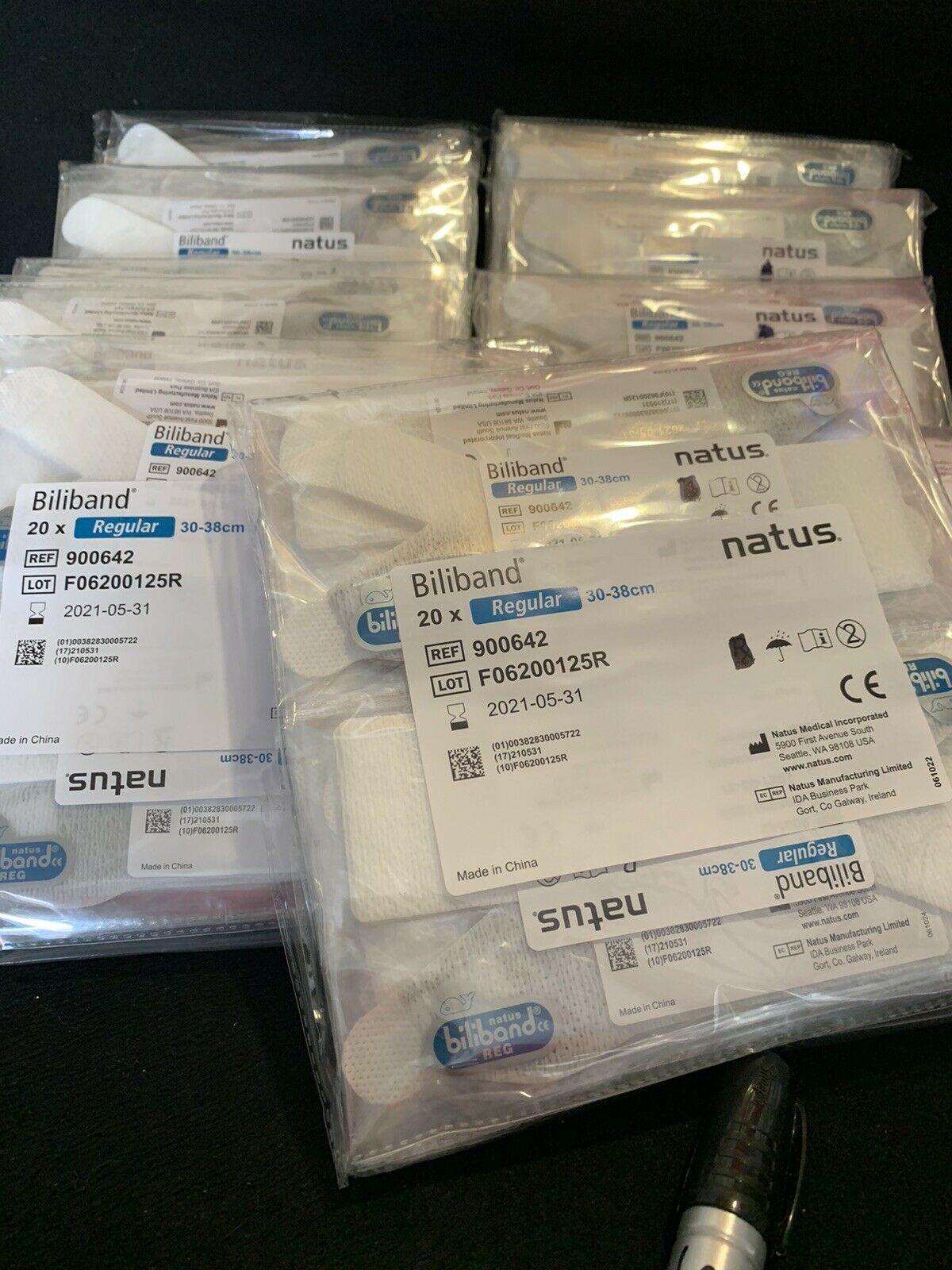-40%
Vitiligo identification Lamp
$ 21.23
- Description
- Size Guide
Description
If you need to treat Vitiligo, I sell PUVA kit that includes a lamp and psoralen cream.This sale is only for a lamp that can detect if it is Vitiligo or Fungus.
If it is Fungus you need to treat the skin with a cream for fungus, not with PUVA.
If it is Fungus the skin will be green or blue when the lamp light will fall on it.
If it is Fungus the skin will be colorless when the lamp light will fall on it.
The lamp can detect if the skin has Vitiligo and Fungus, and also skin cancer and others.
Vitiligo - the color will be white.
Fungus - blue or green.
Skin cancer - black.
The lamp can also detect a problem in the skin before you can see it.
To use the lamp you need to turn off the lights in the room.
Using a dark room can detect better.
It takes a minute until the eyes become sensitive to see the fluorescence.
Technical details:
Charger and cable: included.
Effect on the skin:
The UV light emitted by the lamp is at 365 nm UVA.
The lamp does not emit UVC or UVB, so it does not cause sunburn or otherwise damage healthy skin.
You should use the lamp only when you wear the supplied glasses that block UV light.
You should not direct the light to the eyes of someone else, since this can cause damage to the eyes.
The lamp emits
invisible
high power light.
You can hardly see the light with your eyes.
Detailed colors:
Increase in pigmentation (eg, melasma, postinflammatory pigmentation) to determine whether the pigmentation is epidermal or dermal. Pigmented lesions have a clear border under Wood light because the light is absorbed by increased melanin.
Loss of pigmentation (eg, vitiligo, ash-leaf macules in tuberous sclerosis, and hypomelanosis of Ito) to identify affected areas in light-skinned people.
Bright blue-white (or sometimes, yellowish green): Hypopigmented skin has sharper borders and fluoresces due to accumulated biopterins. Areas of reduced blood flow are unchanged.
Yellowish or orange: Pityriasis versicolor - a slightly scaly persistent rash on anterior chest and back caused by Malassezia yeasts.
Bluish-white: Malassezia folliculitis -hair follicles .
Scale and baldness: Tinea capitis - fungal infection.
Dull blue: Microsporum species fluoresce blue-green (M canis, M audouinii, M ferrugineum, M distortum); Trichophyton schoenleinii - Fungal infectiondue to other organisms does not fluoresce.
Head lice and scabies.
Coral-pink colour: Erythrasma - corynebacteria bacteria cause a pigmented rash in skin folds.
Green: Pseudomonas in spa pool folliculitis and wound infection.
Orange-red: Acne due to cutibacteria in hair follicles.
Red-pink: Porphyria of the skin (porphyria cutanea tarda), or teeth (erythropoetic porphyria).
Porphyrins used as the photosensitiser in photodynamic therapy.
Drugs on the skin surface—tetracyclines and mepacrine fluoresce after oral ingestion.
Green: The evenness of application of a salicylic acid-containing chemical peel.









